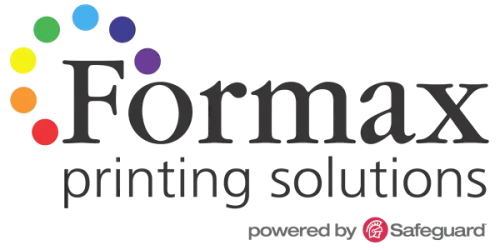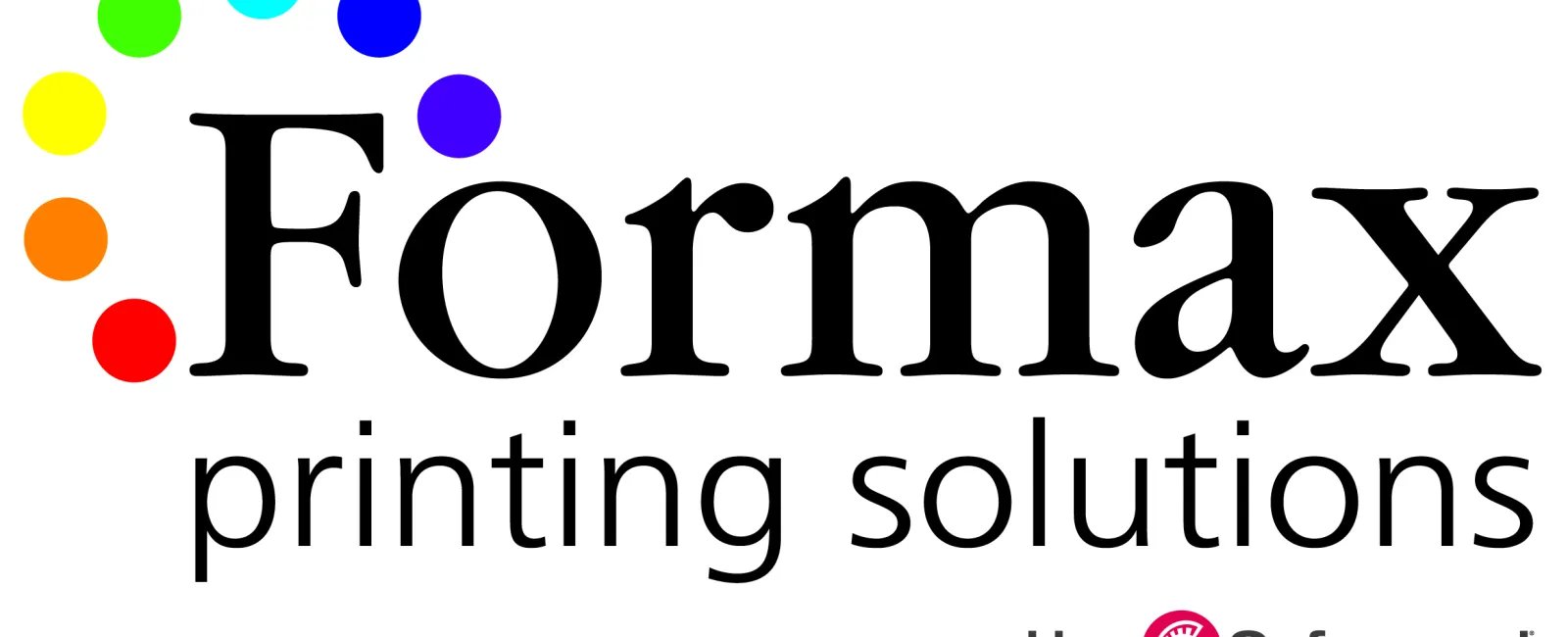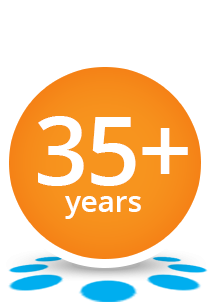6 Mistakes to Avoid When Submitting Artwork To Your Printer
Artwork will need to be print-ready when submitted for printing. Print-ready artwork is a design file that has been formatted to meet the specifications for commercial printing. It includes all the required elements such as high-resolution images, proper margin, bleed, color settings, and more to ensure the final printed product appears as intended.
Print-ready artwork will ensure your printing process is seamless and will help you avoid delays or additional costs that can arise from correcting the files. Below are some common challenges that arise when submitting files to your printer.

1. Improper Sizing of Document
Artwork dimensions should be set to match the requested size of the final piece. For example, if a layout is submitted measuring 3" x 5", it won't be able to print as 11" x 17" without completely redoing the layout to match the requested final size.
2. Wrong Layout
Your design should fit with three layout guidelines: bleeds, trim (cut) lines, and safety areas.
Bleeds: A "bleed" refers to ink coverage that extends all the way to the edge of a sheet of paper. This ensures there is no unintended white space around the edges of your artwork. Bleeds should extend at least 1/8" beyond your final requested size. The bleed will be cut off during the trimming process.
Trim (Cut) lines: This is the final size of your print material after the bleed has been cut off.
Safety area:This is the area inside the trim. All text, images, and graphics should remain within this area to ensure they will not be cut off during printing.
3. Crop Marks
Crop marks are lines near the edges of an image indicating portions to be reproduced. Also known as trim marks, they guide the printer on where to cut the paper. Please ensure all unnecessary crop marks are removed.
4. Poor Image Resolution Files
Low-resolution files are provided more often than you think. These files may appear clear on a computer screen but will appear pixelated when printed. Avoid using online images as most have a 72 dpi and do not enlarge images to fit your layout as it will cause them to appear blurry. The print-ready file must have at least 300 dpi.

5. Artwork with the Wrong Color Format
Color models are crucial for ensuring the accuracy and consistency of colors in the final printed product.
CMYK (Cyan, Magenta, Yellow, Black) is the standard color model for commercial printers. It's a subtractive color model, meaning that colors are subtracting light.
RGB (Red, Green, Blue) is an additive color model used for digital screens where colors are created by combining light.
Always convert your designs to CMYK before sending them to print to avoid a final piece that is not what you expected.
6. Text and Grammar Issues
Choose fonts that are clear and legible at various sizes and against various backgrounds. Avoid using too many different font styles. Make sure to proofread the file for spelling and grammar errors before submitting for printing.




